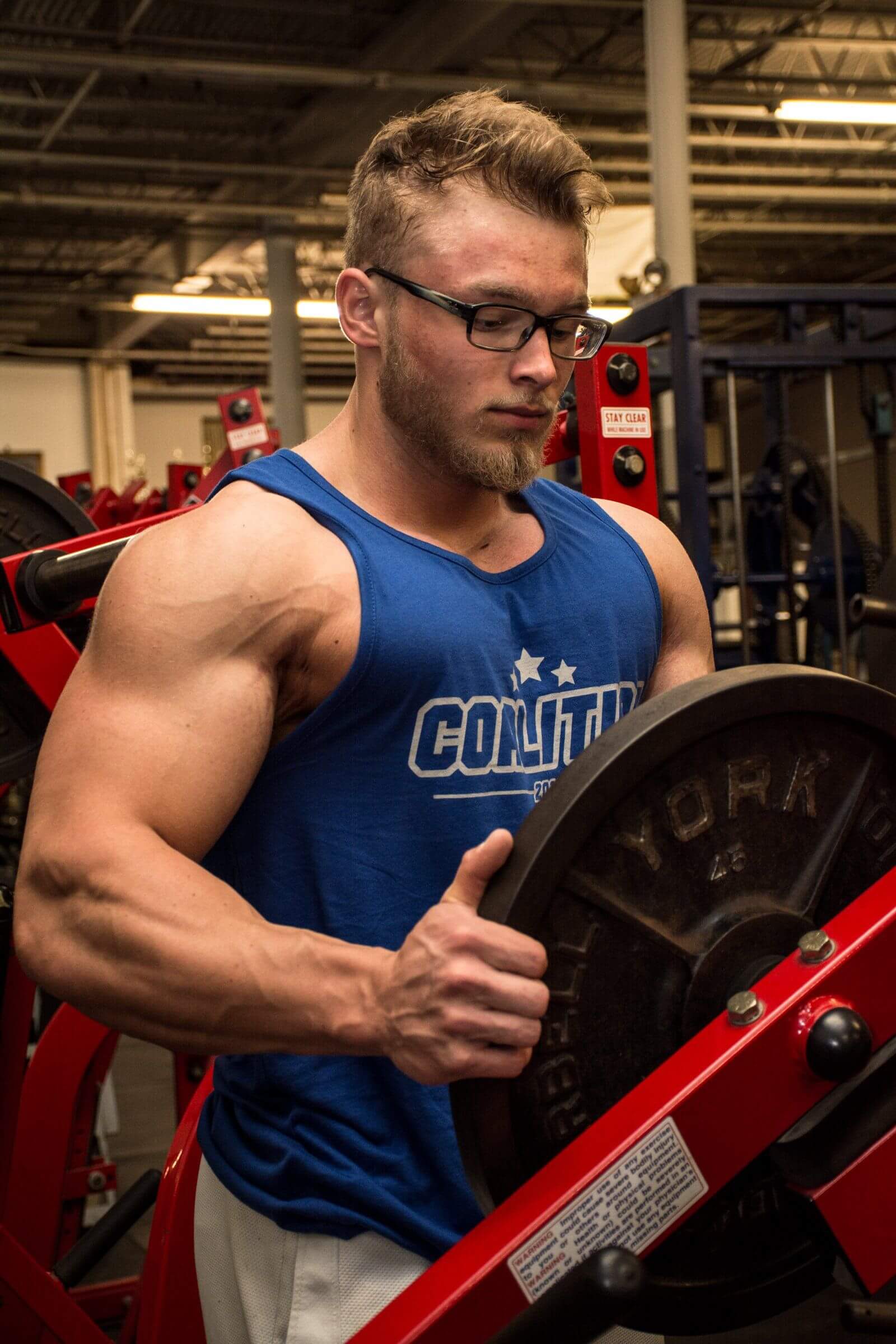The Core of Change

Being a retailer we get to talk to thousands of people every single month, which is a great thing because each customer comes with a different goal in mind as well as different challenges. Not every program, diet plan, or supplement can be universally in need by everyone who walks through our doors (or walks outside of them) and there is absolutely a hierarchy to what’s most important and how each decision is made.
What’s most important is that you understand training will always be the stimulus. Ultimately guys and gals who train hard will demand different things out of their nutrition than someone who does not. Although hard is a relative term and what’s hard to a beginner doesn’t necessarily mean it will be hard for someone more experienced, we mean difficult training across all levels of experience. As you go through phases from beginner to advanced your training will change, your diet will change, your recovery practices will change, and your supplements will change. All of these are trickle-down changes from the core stimulus, training!
Athletes who train for performance have long periods of high-intensity training, some rest, and more long periods of intense training. Bodybuilders have short periods of intense training, rest, more short spurts of intensity and that’s repeated over an entire training session. Powerlifting training varies for many, but some can have an entire session working up to one lift which requires 100% exertion over a sub-30 second span.
One thing is for certain, if you were to put all of those athletes into one room, they will all tell you different diet plans they are on (even not being on a plan can be considered a plan). Now given a large enough group of each training style, I’m sure you’ll find some people who share similar diet concepts and completely different training goals but that’s more an outlier situation. To further deepen this thought, a bodybuilder may be zero carb, low fat, moderate to high protein the last few weeks before a competition, whereas a crossfitter or strongman competitor may be eating as much as they can prior to a competition due to their high level of expenditure. Even in the training season when athletes are further away from a competition, the diets will vary greatly for each sport.
As your goals change, your training changes. As your training changes, your diet changes. As your diet changes, your supplementation changes. The two most common diets for normal people dieting are low fat, high carb and high fat, low carb. These two diets are a good example because they’re exact opposites. With high fat diets (ketogenic), typically protein is brought down to the moderate level. With high carb diets protein can typically sit a bit higher (in gram amount). This simple change tends to rule out protein powders in daily consumption for ketogenic dieters but for high carb dieters, it may be something that’s kept in or used more frequently. Another example is fiber. Low carb dieters may need to add a fiber supplement into their daily regimen due to the lack of carbohydrates in their diet. The last example would be something like a nutrient partitioner. Their purpose is to shuttle carbohydrates to the muscle cells. Without carbs, they don’t work, which makes it obvious that a ketogenic dieter wouldn’t use one.
The main message we want you to take away from this article is what worked for you before, may not be applicable now and that everytime you make a change in Goals-> Training-> Diet, your supplementation will change as well.

